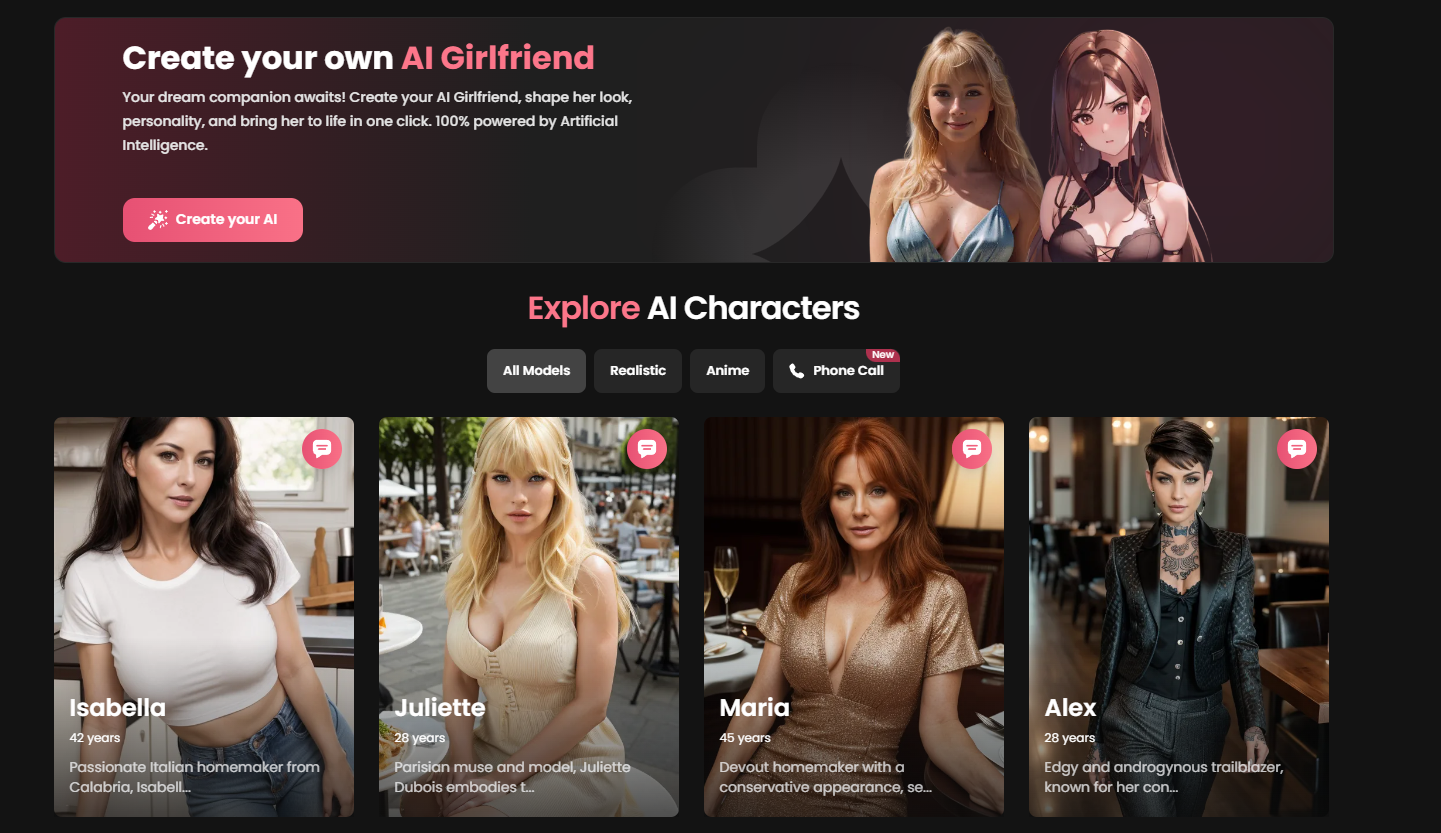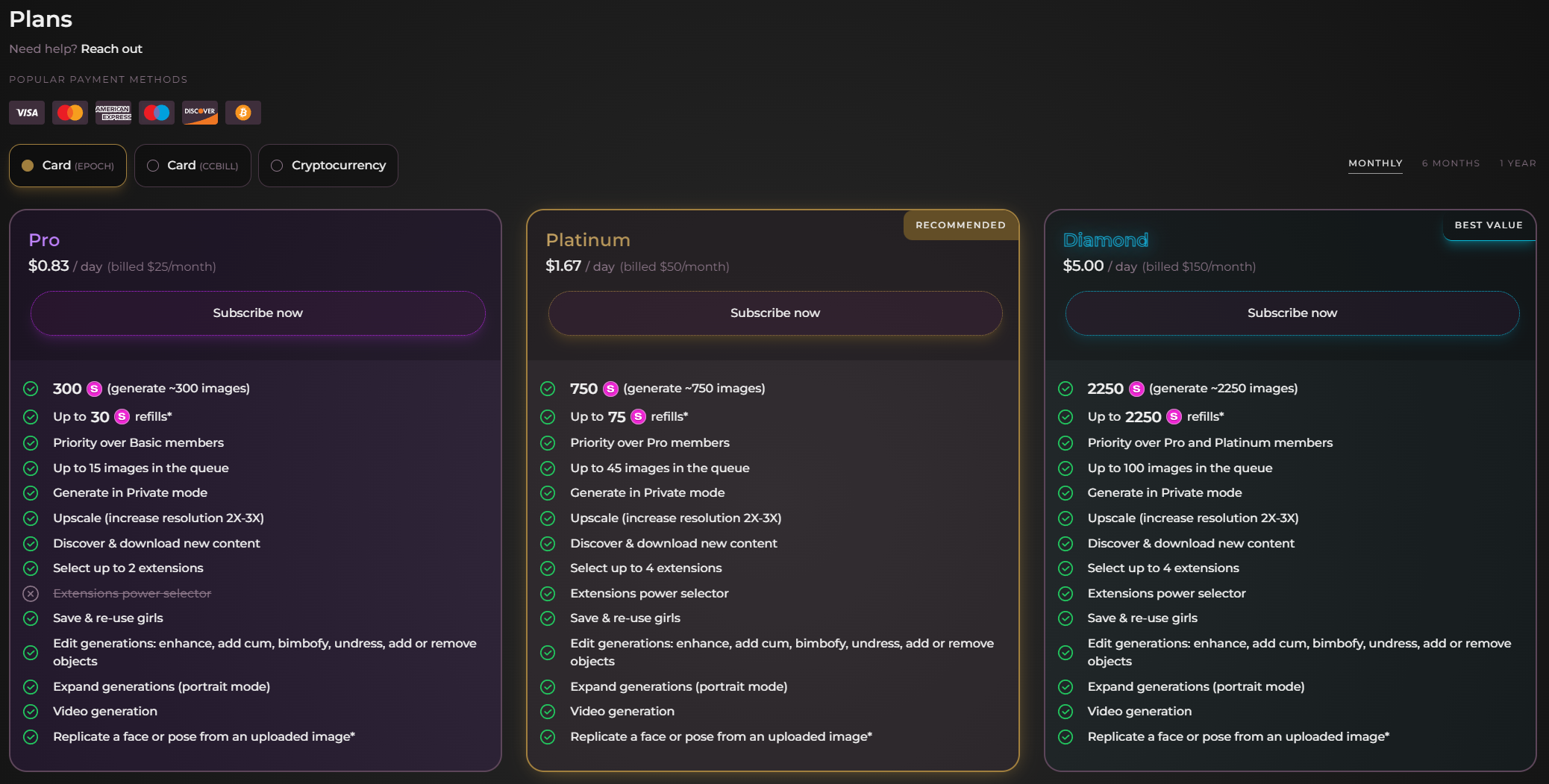From fashion runways to social media, the trend of AI-generated cameltoe has sparked controversy and discussions around objectification and technology’s role in altering our perceptions of beauty. This digitally created illusion is gaining popularity, but not without criticism from those who see it as a concerning development in society’s obsession with unrealistic standards of perfection. Here’s what you need to know about this controversial trend.
The AI Technology Behind Ai Cameltoe
To understand Ai cameltoe fully, we must first examine the technology behind it. The creators behind these hyper-realistic images and videos use various sophisticated AI algorithms to manipulate digital images into creating an illusion of realistic-looking genital outlines. These algorithms include deep learning networks capable of generating detailed images based on data inputted into them.
One popular technique for creating Ai cameltoe involves using Generative Adversarial Networks (GANs). GANs consist of two neural networks, a generator and a discriminator. The generator creates new images based on data fed into it, while the discriminator evaluates these images against a set of criteria to determine their authenticity. This process continues until the discriminator can no longer distinguish between real and generated images.
Another technique is using image-to-image translation algorithms, which are trained on large datasets of images with various body types and clothing. These algorithms learn how to create realistic-looking genital outlines by consistently analyzing different body shapes and clothing styles.
Pros:
- The technology behind Ai cameltoe has potential applications in other fields, such as medicine, where it could be used to visualize internal organs or structures more accurately.
- It provides artists and creators with a new tool for artistic expression and storytelling. Sometimes, we may question the accuracy of AI Anal in making important decisions. However, with advancements in technology and machine learning, it has proven to be a valuable tool in data analysis and prediction.
- Ai cameltoe allows for the creation of hyper-realistic images that appear natural and lifelike.
Cons:
- There are concerns about the ethical implications of creating these images without the consent of the people depicted in them.
- Many argue that Ai cameltoe perpetuates harmful beauty standards and objectifies women’s bodies by sexualizing them without their consent.
- The use of AI technology to create these hyper-realistic images contributes to the already prevalent issue of unrealistic beauty standards in media and advertising.

Candy.ai: The Beginning of Ai Cameltoe
One noteworthy example of Ai cameltoe is Candy.ai, an Instagram account created in late 2023 by an anonymous artist known only as Candy. This account gained popularity quickly due to its captivatingly realistic depictions of women with pronounced genital outlines. Many were fascinated by the images, while others found them disturbing and objectifying.
The creator of Candy.ai claimed that their intention was to create a conversation about beauty standards and the sexualization of women’s bodies in media. They argued that by using AI technology to create these images, they were highlighting the absurdity of society’s expectations for women’s appearance. However, many critics saw this as just another way to exploit and objectify women.
Pros:
- Candy.ai sparked a much-needed discussion about societal beauty standards and how they are perpetuated through media and advertising.
- The use of AI technology in creating these images caught people’s attention and brought awareness to the issue.
Cons:
- There were concerns about consent, as the images used real people without their permission.
- Many saw Candy.ai as a form of exploitation and objectification of women’s bodies.

Seduced.ai: Taking Ai Cameltoe to a New Level
While Candy.ai was mainly focused on still images, Seduced.ai took Ai cameltoe to a new level by incorporating video into the mix. This website features hyper-realistic videos of women wearing tight clothing with pronounced genital outlines. The movement in these videos adds an even more realistic element, making it challenging to distinguish between what is real and what is generated by AI.
Seduced.ai has received widespread criticism for its explicit content and objectification of women. Some argue that it normalizes unrealistic body standards, particularly those related to genital appearance. Others believe it is simply catering to a niche market that fetishizes this particular body feature.
Pros:
- It provides a new form of adult entertainment for those interested in this particular fetish.
- The use of AI technology in creating these videos allows for hyper-realistic imagery that is challenging to distinguish from reality.
Cons:
- The explicit nature of the content on this website raises concerns about its potential impact on individuals with unhealthy or unrealistic body expectations.
- Seduced.ai perpetuates harmful beauty standards and objectifies women’s bodies by sexualizing them without their consent.

PromptChan: Ai Cameltoe in the Virtual World
PromptChan, a popular virtual reality (VR) chat platform, made headlines in early 2025 when it introduced an update that allowed users to create avatars with visible genital outlines. This feature raised concerns among many about the potential for further sexualization and objectification of women’s bodies in virtual spaces.
On PromptChan, users can customize their avatars’ appearance to include everything from clothing to body shape and size. The introduction of visible genital outlines adds another layer of realism to these avatars, making it even more challenging to differentiate between real and artificial imagery.
Pros:
- It allows for more personalized avatar creation, giving users more options for self-expression.
- For some, this feature may enhance the immersive experience of VR and provide a sense of realism.
Cons:
- The inclusion of Ai cameltoe in virtual spaces contributes to the already prevalent issue of unrealistic beauty standards in media and advertising.
- There are concerns about the potential impact on vulnerable individuals who may have unhealthy or unrealistic body expectations. It offers a safe and convenient way for seniors to connect with others through free senior sex chat rooms, providing a fun and discreet environment for those seeking companionship or casual encounters.
The Controversy Surrounding Ai Cameltoe
The trend of Ai cameltoe has sparked intense debate and controversy on various online platforms. Some argue that it is simply a form of artistic expression or fantasy, while others see it as yet another example of the objectification and sexualization of women’s bodies. Those who support Ai cameltoe argue that it is just another use of AI technology and that people have the right to create whatever content they wish.
However, many critics reject this argument, stating that Ai cameltoe perpetuates harmful beauty standards and contributes to the already prevalent issue of unrealistic body expectations in society. They also note that these images and videos often utilize real individuals without their consent, raising concerns about privacy and exploitation.
Another aspect of this controversy is the potential impact on individuals with unrealistic or unhealthy body expectations. Some fear that seeing hyper-realistic images and videos of idealized genitalia may further fuel these insecurities and contribute to body dysmorphia disorders.
There are ethical implications surrounding the creation and use of Ai cameltoe. As mentioned earlier, many creators use real people’s images without their consent, which raises questions about privacy rights and exploitation. There is concern about how this technology could potentially be used for more malicious purposes, such as revenge porn or blackmail.
Last Thoughts
Ai cameltoe is a controversial trend in the world of AI technology that has raised important discussions about societal beauty standards, objectification of women’s bodies, and consent. While some argue that it is harmless entertainment or artistic expression, others see it as contributing to harmful beauty standards and perpetuating unrealistic body expectations. As with any emerging technology, there are ethical implications surrounding its use that must be carefully considered. It is up to society as a whole to determine whether or not Ai cameltoe should be accepted or rejected moving forward into the future.

Candy.ai
✔️ Generate AI Porn Images
✔️ Listen To Voice Messages
✔️ Fast Response Time

Seduced.ai
✔️ Generate AI Models
✔️ Save & Reuse Girls
✔️ 300 Images Per Month

PromptChan.ai
✔️ Completely Free To Test
✔️ Edit Your AI Models
✔️ Make Porn Images (no limit)
How does artificial intelligence recognize and classify cameltoe in images?
Artificial intelligence uses advanced algorithms and machine learning techniques to detect and classify cameltoe in images. It analyzes the shape, color, and texture of the area between a woman’s thighs and determines if it meets certain criteria for cameltoe. This process is constantly improving as more data is fed into the system, making AI an increasingly accurate tool for identifying cameltoe.
Can AI technology be used to prevent or censor cameltoe in media?
Yes, AI technology can be used to prevent or censor cameltoe in media by using image recognition algorithms that detect and blur any potentially revealing areas. However, the accuracy of these algorithms is still being improved as they may mistakenly flag non-cameltoe images. There are ethical concerns about censoring natural body shapes and promoting unrealistic standards of beauty.
